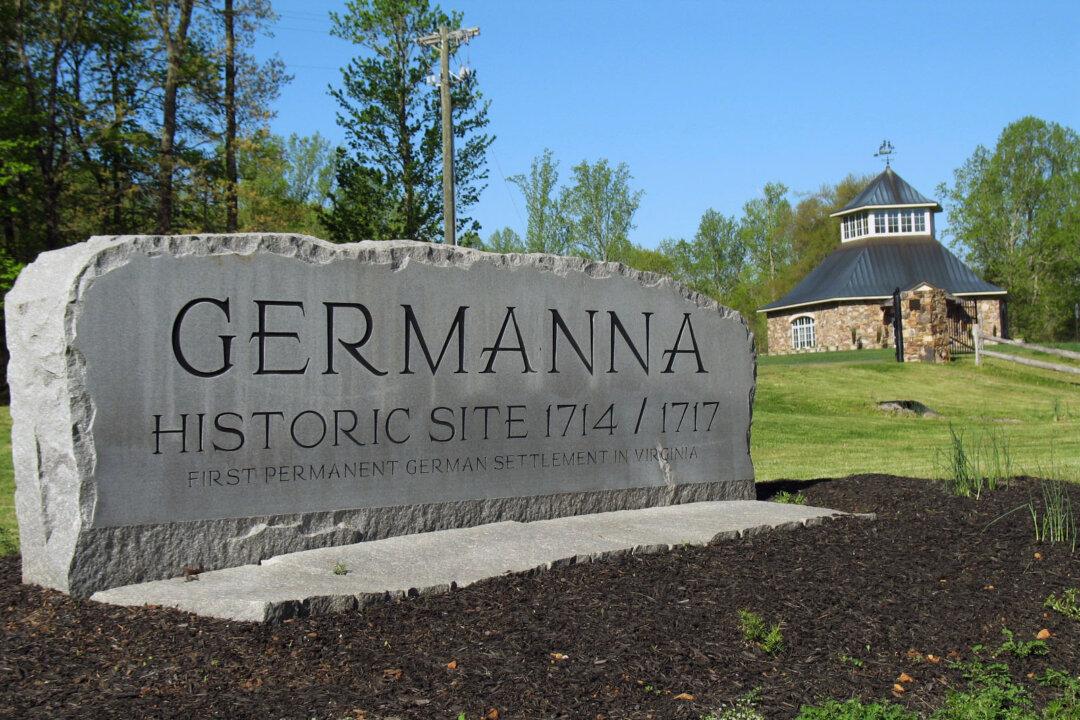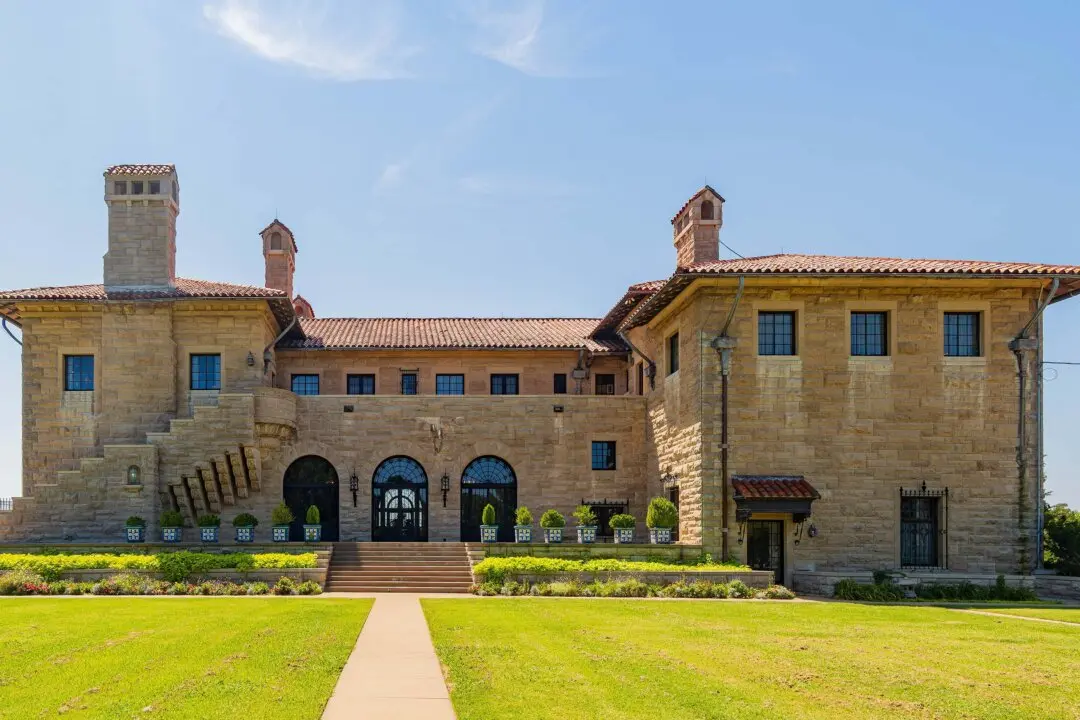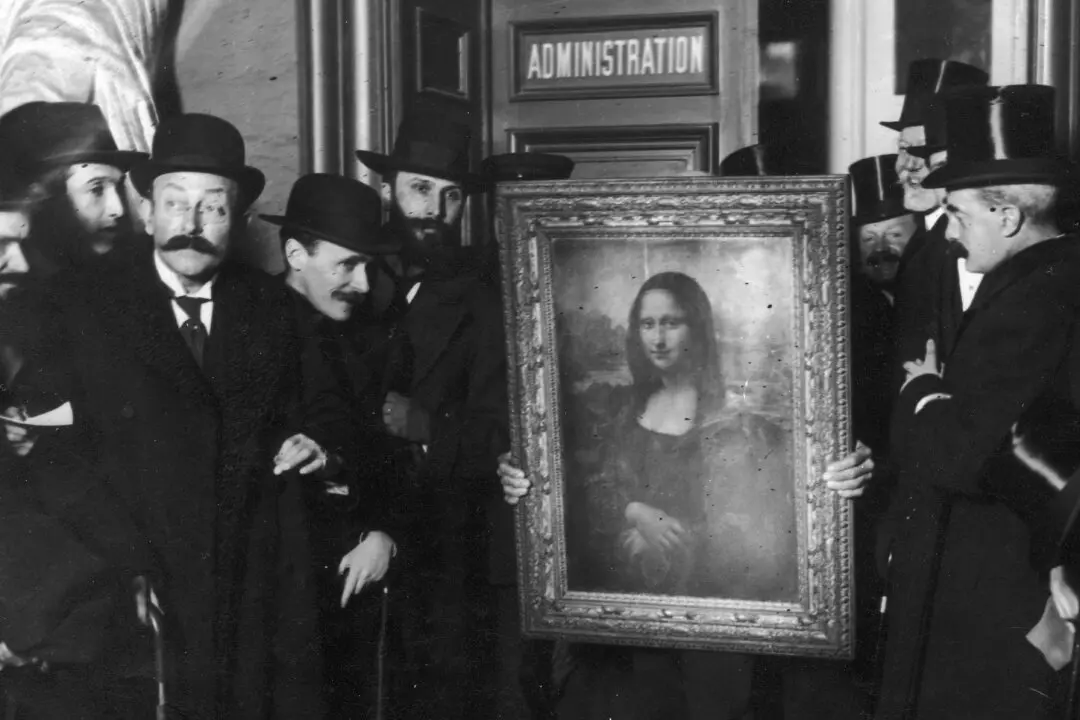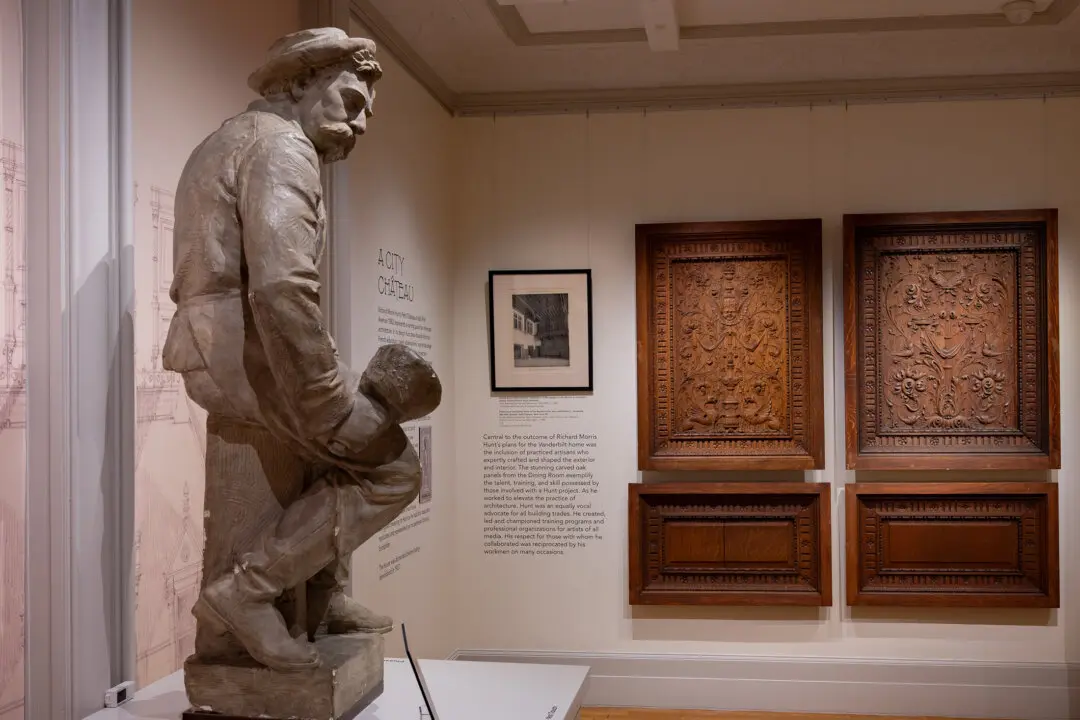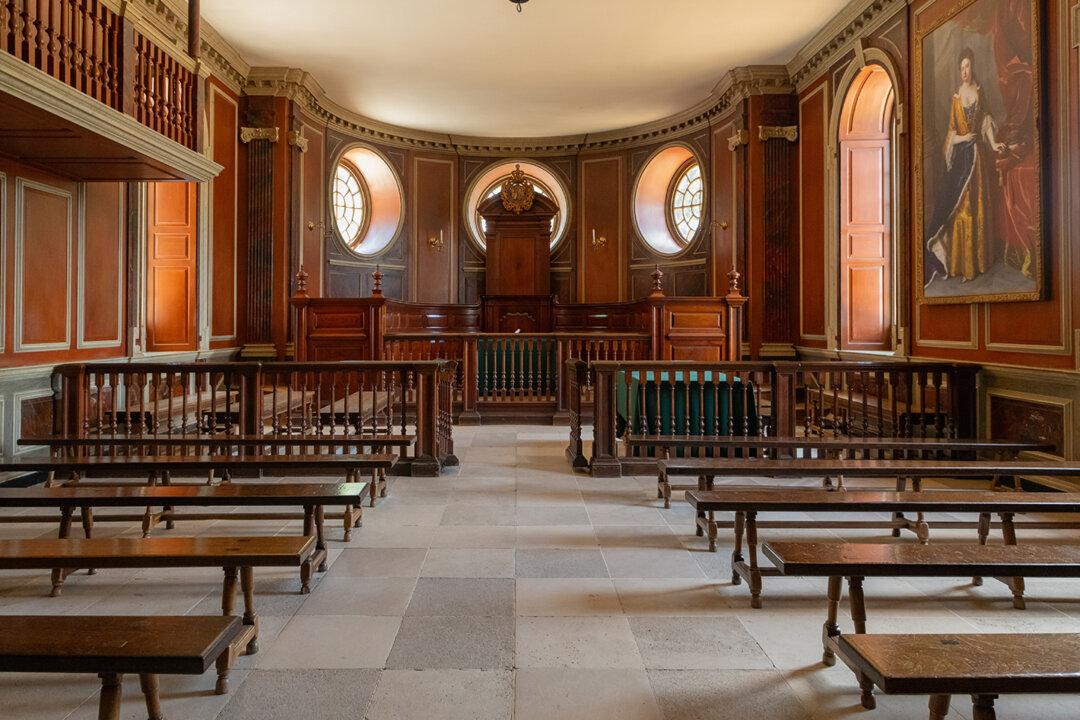When the first settlers of Virginia arrived in 1607, a bountiful land extending west through rolling hills, forested mountains, and fertile river valleys lay before them. It might have seemed like Eden until the colonists faced the droughts of summer and the long deprivation of winter. Though the first colonists barely survived, the land proved ideal for growing tobacco. Virginia established itself as a colony with borders drawn on paper all the way to the Mississippi River. Great plantations hugged the wide mouths of its bays and rivers, where its cash crops could be easily exported. Its piedmont, mountains, and great valley remained unsettled.
In 1710, Queen Anne appointed Alexander Spotswood, a former British Army officer, to be lieutenant governor of colonial Virginia. At that time, Virginia was still regarded as a coastal settlement and was the most populous and productive of the 13 British colonies. For the first hundred years of Virginia’s existence, the English seemed content to stay settled near the coastal beaches. Fearing the French would attempt to fill the void, Spotswood made a decisive move: He implemented a novel plan to secure the colony’s western frontier—initially establishing two settlements deep in the forested frontier lands.

